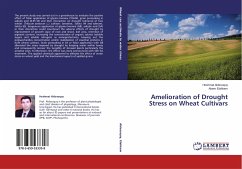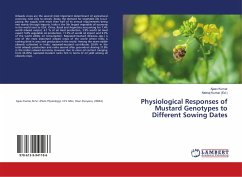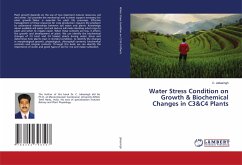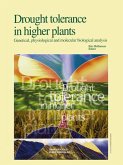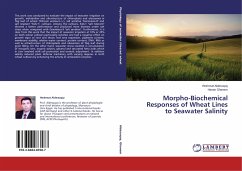At heading stage, leaf agro- histological traits (agronomy, anatomy andultrastructure) of the studied cultivars along with their photosynthetic efficiency (pigment fractions, leaf gas exchange and carbohydrates content) were evaluated. Also, cellular membrane features of the studied plants in relation to their enzymatic antioxidant defense system were assessed vis-à-vis their water status in relation to their capacity for osmotic regulation; and all was correlated with shoot agronomy. In addition, leaf epidermal features, abscisic acid content and fatty acids proportions were determined. Furthermore, stress impact coefficient (SIC) and stress impact index (SII) were calculated for the considered traits and cultivars to rank the estimated traits and the studied cultivars. Based on the results obtained from the current investigation, Sids13 seemed to be the most drought- tolerant wheat cultivar, while Shandaweel 1 may be the most drought sensitive one. The former cultivar can be recommended to be cultivated in dry habitats where drought may pose a great obstacle for wheat productivity.
Bitte wählen Sie Ihr Anliegen aus.
Rechnungen
Retourenschein anfordern
Bestellstatus
Storno


